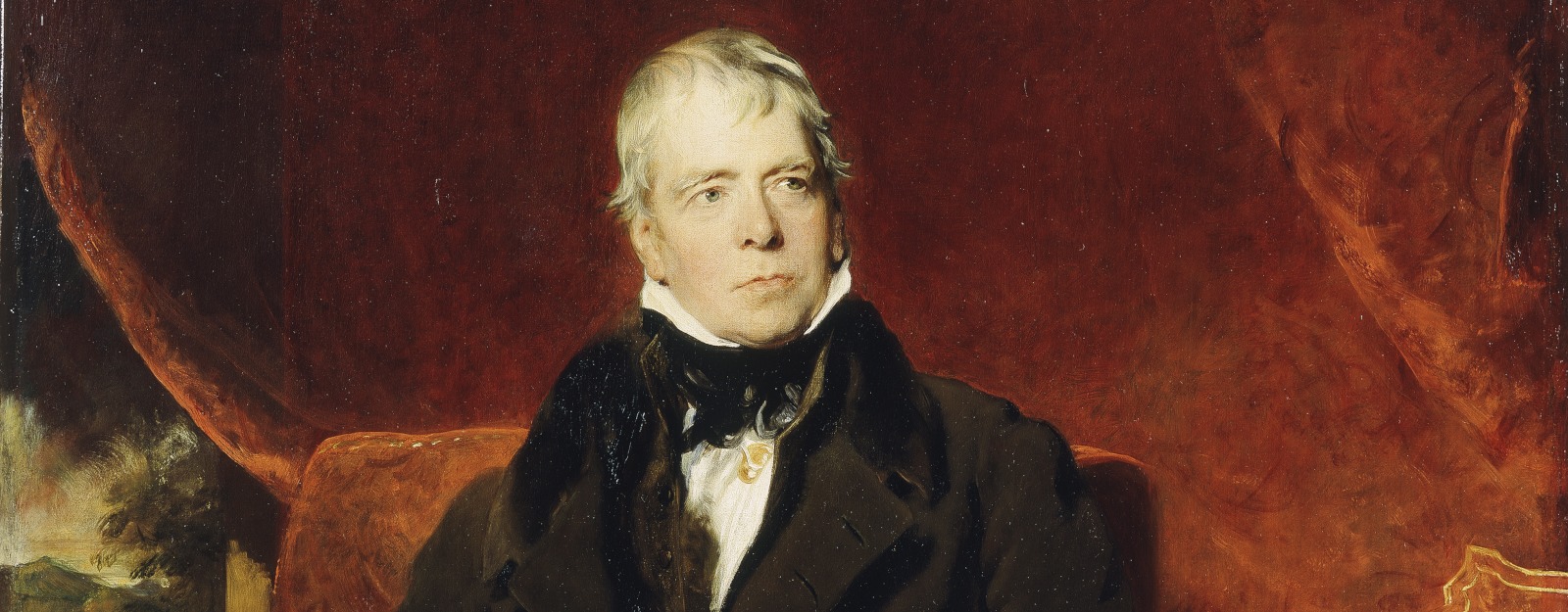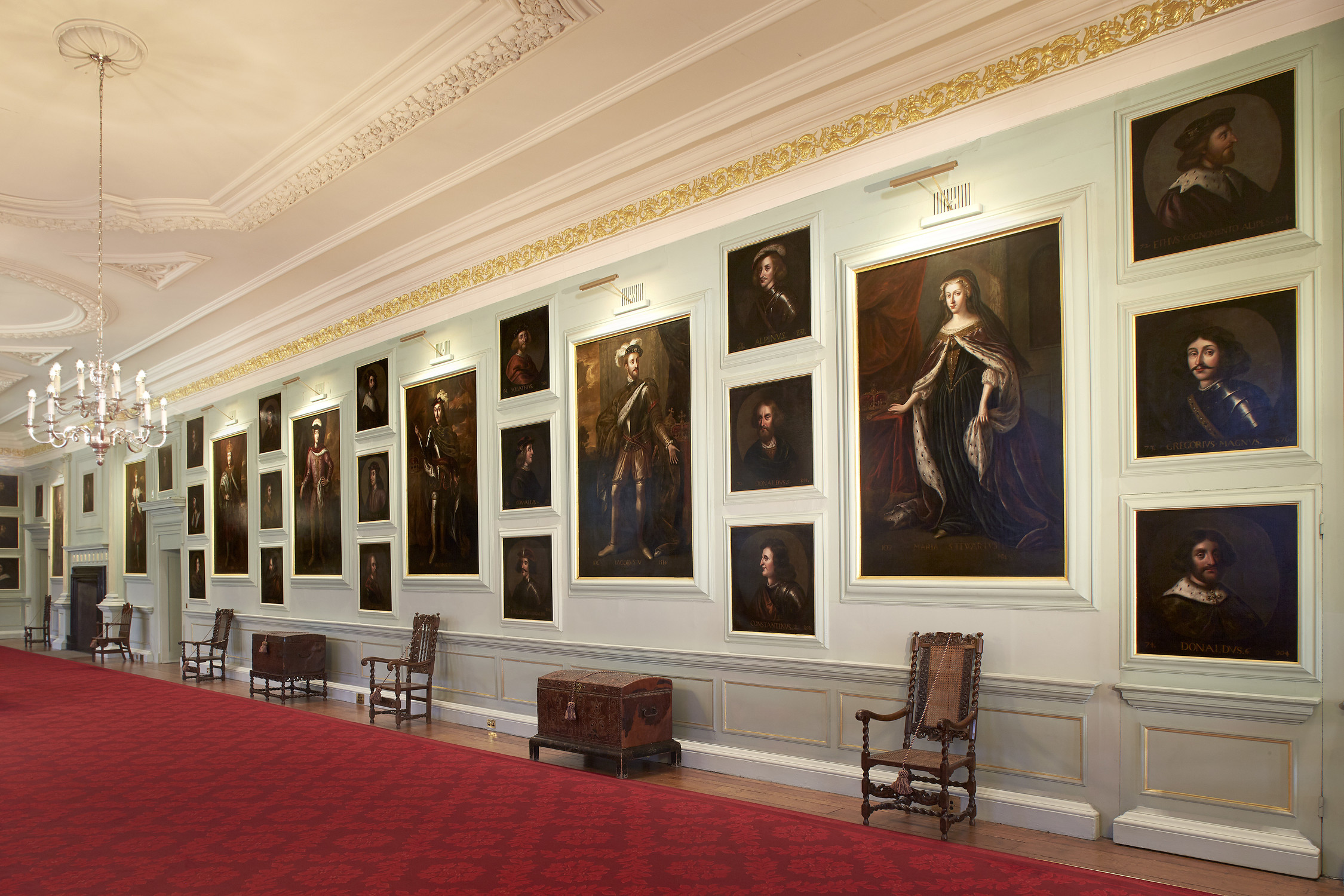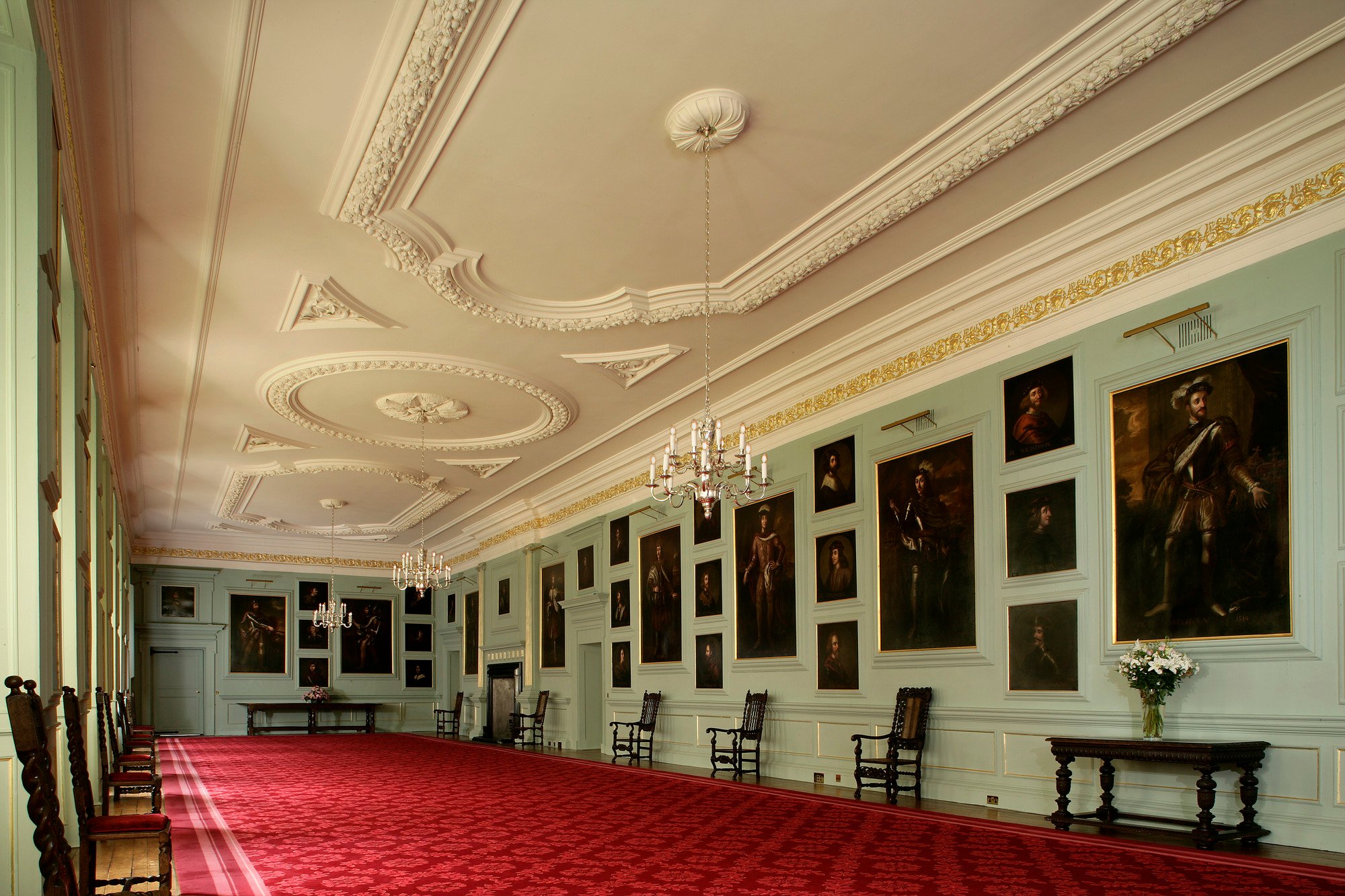Walter Scott and Holyrood Histories

250 years ago, a man named Walter Scott was born in the Old Town of the city of Edinburgh. He would go on to become the most famous Scottish writer of his time and his work was popular throughout the world. Over the course of his lifetime, he wrote an incredible amount, including:
- 27 novels
- 9 long poems (and that means very long – his poem, Marmion, has more than 1,000 lines!)
- A 9-volume biography of the French Emperor Napoleon Bonaparte
- Several short stories
- Plenty of plays
- And hundreds and hundreds of letters!
Walter Scott was a historical novelist, which means he wrote stories that were set in the past. Most often, he wrote about Scottish history. His stories are filled with kings, queens, castles and courts, together with some of the most dramatic, gruesome, and important events ever to have taken place in Scotland.
As an important royal building with a history dating back hundreds of years, the Palace of Holyroodhouse in Edinburgh and its royal residents often appear in Scott’s stories. Find out about some of these courtly characters, and take inspiration to write your own character descriptions, letters and scenes inspired by Scott’s Holyrood histories.
You can use our special book template to write in.
Book template
Courtly Character 1
Robert the Bruce
In 1815, Scott wrote a very long poem called The Lord of the Isles about a Scottish king named Robert the Bruce.
The poem described events leading up to the famous Battle of Bannockburn in 1314, during the First War of Scottish Independence. The war was eventually ended by the signing of a treaty at Holyrood Abbey in 1328 – nearly 700 years ago!
As both a king and as the leader of an army, Scott’s description of Robert the Bruce had to make him sound impressive.
Using this picture as inspiration, can you write an inspiring description of Robert the Bruce? What sort of a king does he look like? What words would you use to describe him?
Courtly Character 2
Mary, Queen of Scots
Mary, Queen of Scots is the most famous person to have lived at the Palace of Holyroodhouse – and for good reason!
She had an extremely dramatic life, making her a very good character to write about; many of the dramatic events in Mary’s life took place at the Palace of Holyroodhouse.
A story that Scott wrote about more than once is the terrible tale of the murder of David Rizzio, which took place in Mary’s bedroom at the Palace of Holyroodhouse in 1566.
If you haven’t heard the story, find out more here.
In a story called The Abbot, set during Mary’s lifetime, Scott described how a young Page (a young servant or messenger) named Roland Graeme is filled with horror when he visits the scene of the crime.
Imagine you are a Page at the Palace of Holyroodhouse in 1566.
Write a letter to your friend telling the tale of Rizzio’s murder, and describing how you felt when entering the room where it happened.
You could write your letter on this scroll.
Scroll
Courtly Character 3
Bonnie Prince Charlie
This room at the Palace of Holyroodhouse is called the Great Gallery. As the name suggests, it is the largest room in the Palace!
Walter Scott chose this room as the setting for a famous scene in his first novel, Waverley. In this scene, a young solider named Edward Waverley meets Charles Edward Stuart (also known as Bonnie Prince Charlie) at a grand ball held at the Palace in 1745.
Bonnie Prince Charlie was descended from the Stuarts, who had been kings and queens of Scotland for many centuries. His grandfather, James VII and II, had lost his throne in 1688, and more than half a century later his grandson was determined to win it back.
Can you imagine what it would be like to attend a ball in this room?
Remember, 300 years ago there was no electricity so the room would have been lit by candles. Do you think it would have looked the same as it does today?
Explore this room and use your imagination to write a scene about a ball taking place in this room.










